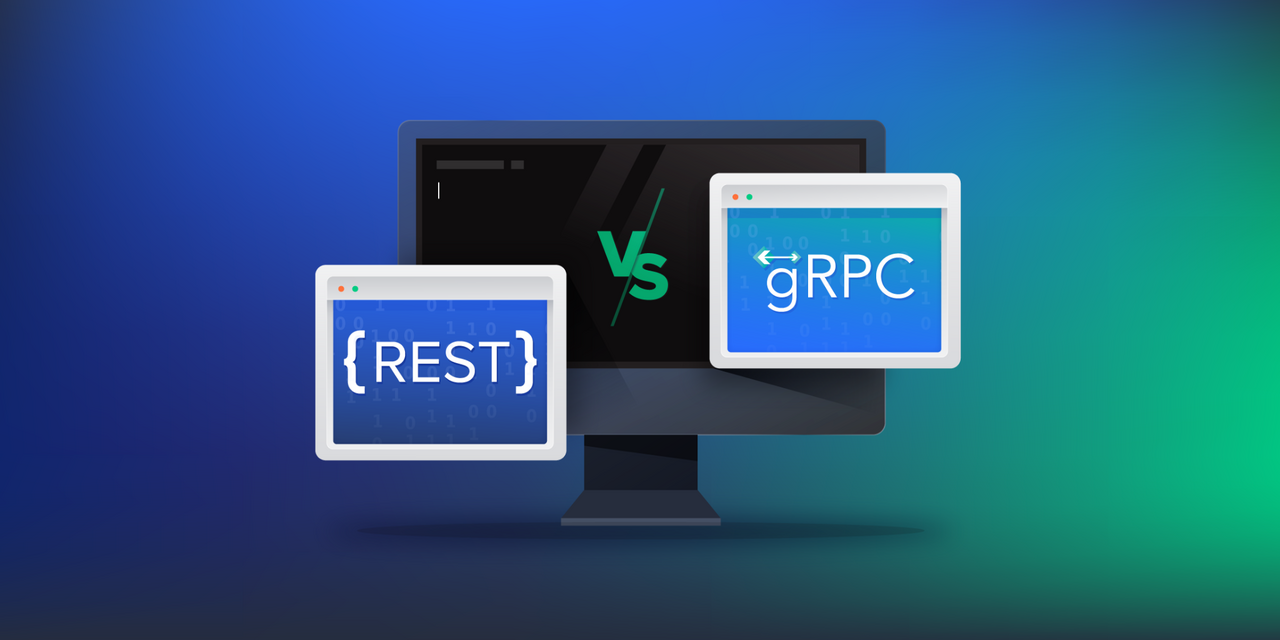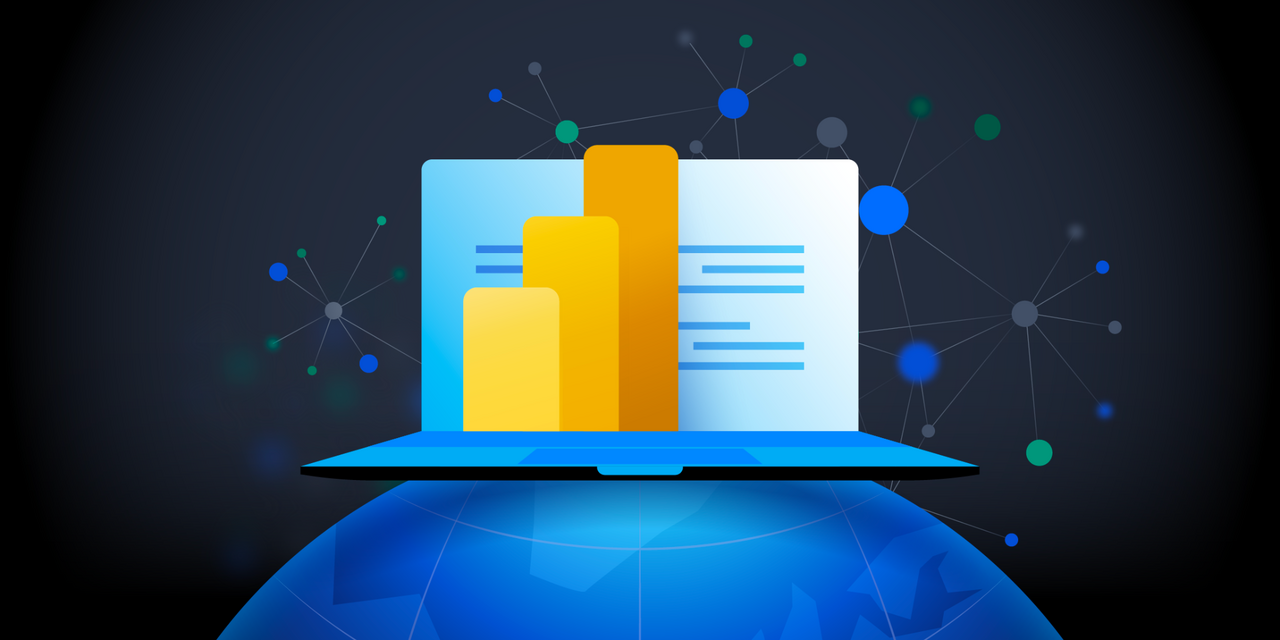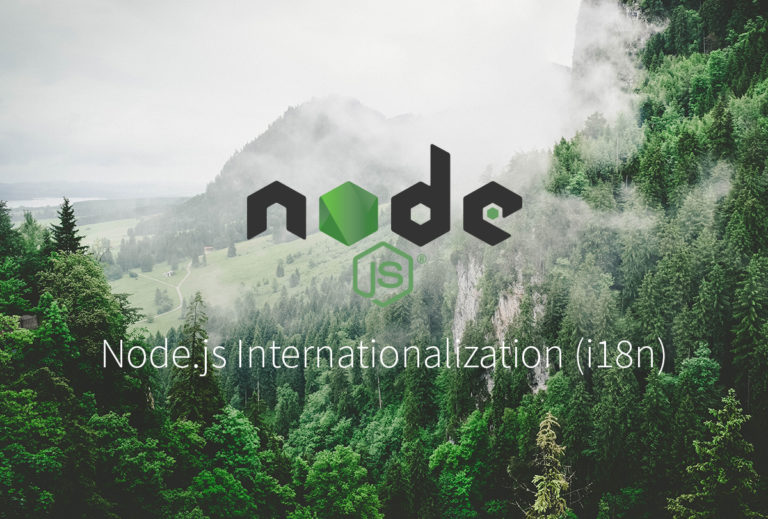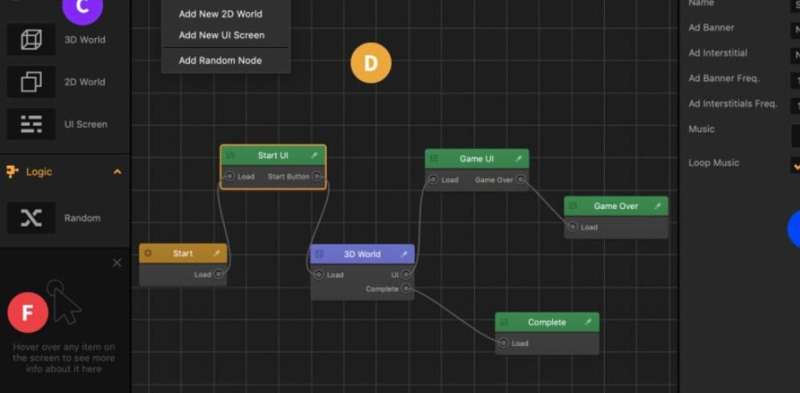 30 Jun
30 Jun
An In-depth Look at C++ vs. Java
Deciding on a language can be intimidating when you don’t have deep experience with the available options. This comparison explores the fundamen...
Discover the latest in technology, programming tutorials, and career guidance
 30 Jun
30 Jun
 30 Jun
30 Jun
 30 Jun
30 Jun
 30 Jun
30 Jun
 30 Jun
30 Jun
 29 Jun
29 Jun
 29 Jun
29 Jun
 28 Jun
28 Jun
 28 Jun
28 Jun
 27 Mar
27 Mar
Join thousands of successful developers who started their journey with us